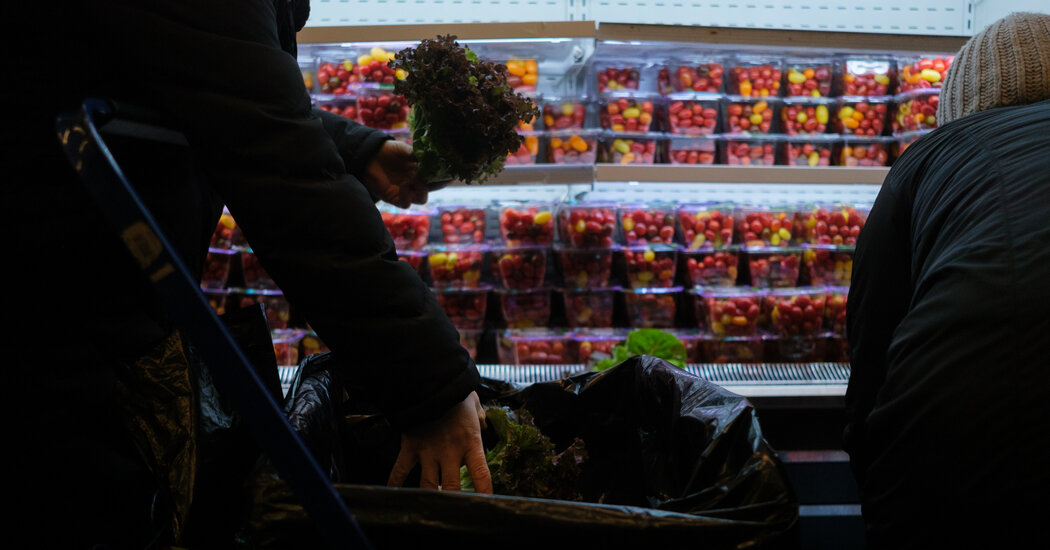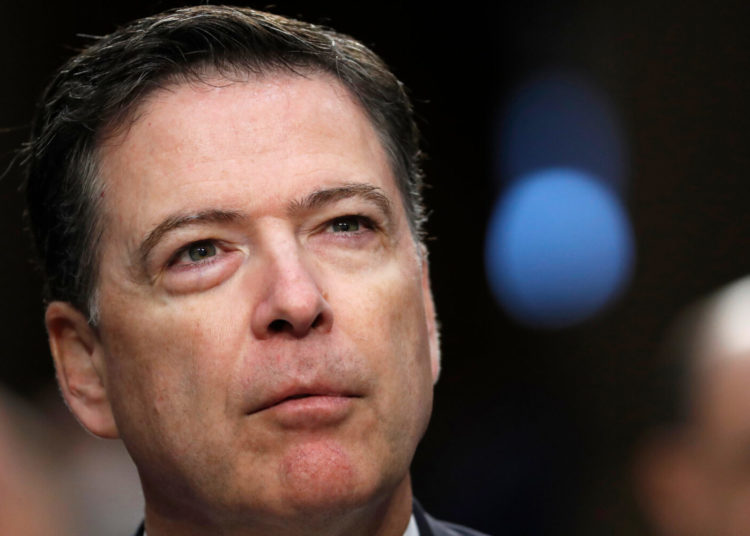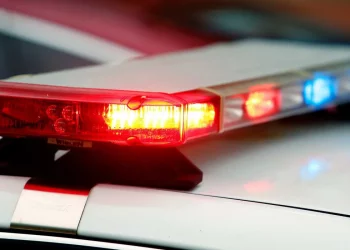Every year around this time, Sandra Bullaro is usually busy starting to prepare for family gatherings as the holiday season begins. “I’m Italian,” said Ms. Bullaro. “We have big families. We usually have beautiful holidays.”
But this year, she said, “we’re not having that.”
Ms. Bullaro, 70, is one of the roughly three million New Yorkers who rely on food stamps, which will lose federal funding on Saturday amid the government shutdown. Gov. Kathy Hochul on Thursday declared a state of emergency because of the looming cutoff and promised more than $100 million in state funding to help fill the gap.
The Supplemental Nutrition Assistance Program, better known as SNAP or food stamps, provides about $650 million in benefits to New Yorkers each month. More than a fifth of recipients in the state are 60 or older, a group especially vulnerable to harm from the funding halt because they might not be able to pick up jobs for more money or wait in long lines at food pantries.
Many may not even be aware of the potential trouble ahead because the state said it would not notify recipients about changes through the mail, which many older people rely on instead of the internet.
This week, New York and two dozen states sued the Trump administration over its plan to stop funding SNAP during the shutdown. Ms. Hochul, a Democrat, said New York would use $106 million in state funds for emergency food assistance for food banks and meal programs.
“Unlike Washington Republicans, I won’t sit idly by as families struggle to put food on the table,” Ms. Hochul said in a statement.
Ms. Bullaro, a retired health care worker, said she receives $292 per month in food stamps, just under the maximum allotment for a single person. Without it, she said she most likely will be limited to meals with eggs, bread and pasta.
“SNAP is affecting me in every way,” said Ms. Bullaro, who lives in Stuyvesant Town in Manhattan and has used food stamps for nearly a decade. “I have to see what I have after I pay my bills because that’s more important, to keep a roof over my head, than to eat.
“I could have a cup of coffee; I could have a piece of toast.”
The amount New York has allocated for emergency assistance is only about 16 percent of what the state normally receives from the federal government each month, and some experts and advocates believe food pantries are not the right place to send it. Many SNAP recipients are not used to going to food pantries because food stamps can be used at many grocery stores and bodegas and certain restaurants.
“A lot of people on SNAP don’t want to go to food banks,” said Emily Eisner, chief economist at the Fiscal Policy Institute. “It’s sort of stigmatized, you get less choice, it’s harder — you have to go out of your routine and figure out where the food bank is.”
And temperatures are about to drop. “If you get to a point where you have nothing,” Ms. Bullaro said, “you have no other choice but to stand there, freezing, hoping that you get something decent.”
Roy Bolus, 73, who lives in Williamsburg, Brooklyn, said he might have to go to a food pantry if SNAP is cut, a thought that makes him uneasy. “I shouldn’t feel embarrassed because there are a lot of people from around the area here that go to this food pantry right around the corner,” he said. “But you know, you see them waiting on that line, and it’s so long. Now that line is going to be even longer.”
Mr. Bolus, who has been receiving SNAP for about a decade, said he would be sad if he is no longer be able to shop at a local health food store, which, to his surprise, accepted food stamps. He has been trying to cut down on processed meat and was able to purchase fresh produce from the store, he said.
“I’m trying to eat more healthy these days, and now this happened,” he said.
Many New Yorkers were already turning to pantries as inflation made food more expensive. “Our pantries are at a breaking point,” said Grace C. Bonilla, the president and chief executive of United Way of New York City, a nonprofit that funds more than 400 pantries in the city.
With nearly 1.8 million people in New York City on the brink of losing their SNAP benefits, Ms. Bonilla anticipates even longer lines. “What we’re bracing ourselves for is the impact of having to tell people that we’ve run out of food at some of these pantries,” she said.
Older New Yorkers may struggle to adapt, since many have limited access to the internet, advocates say.
“If someone were to go to a local store and try to buy milk, eggs and bread, and they can’t because their SNAP benefits have ended, they don’t know where to go, compared to someone who’s younger and might be able to quickly look something up,” said Allison Nickerson, the executive director for the nonprofit LiveOn, which provides services for seniors.
Small and local businesses will also be affected by the cuts.
“Federal government studies have shown that for every $1 in SNAP benefits that is spent it produces approximately $1.80 in economic activity in grocery stores, small businesses and farmers markets,” said Steven Banks, the former commissioner of New York City’s Department of Social Services and the former attorney in chief of the Legal Aid Society.
Ms. Bonilla said losing the money could force many people “to make really tough choices in the month of November, between rent and transportation and medicine, to figure out how they’re going to be able to meet their nutritional needs.”
Mr. Bolus is worried about what the future holds.
“I just pray on it,” he said. “I’m just praying, because it’s going to be rough.”
Grace Ashford contributed reporting.
Anna Kodé writes about design and culture for the Real Estate section of The Times.
The post Older New Yorkers Brace for Food Stamp Cuts: ‘I’m Just Praying’ appeared first on New York Times.




